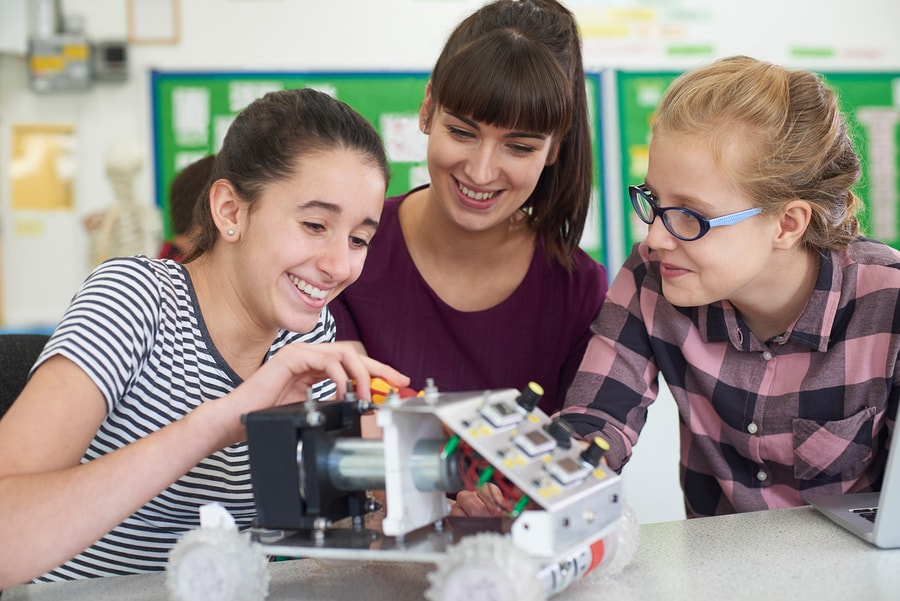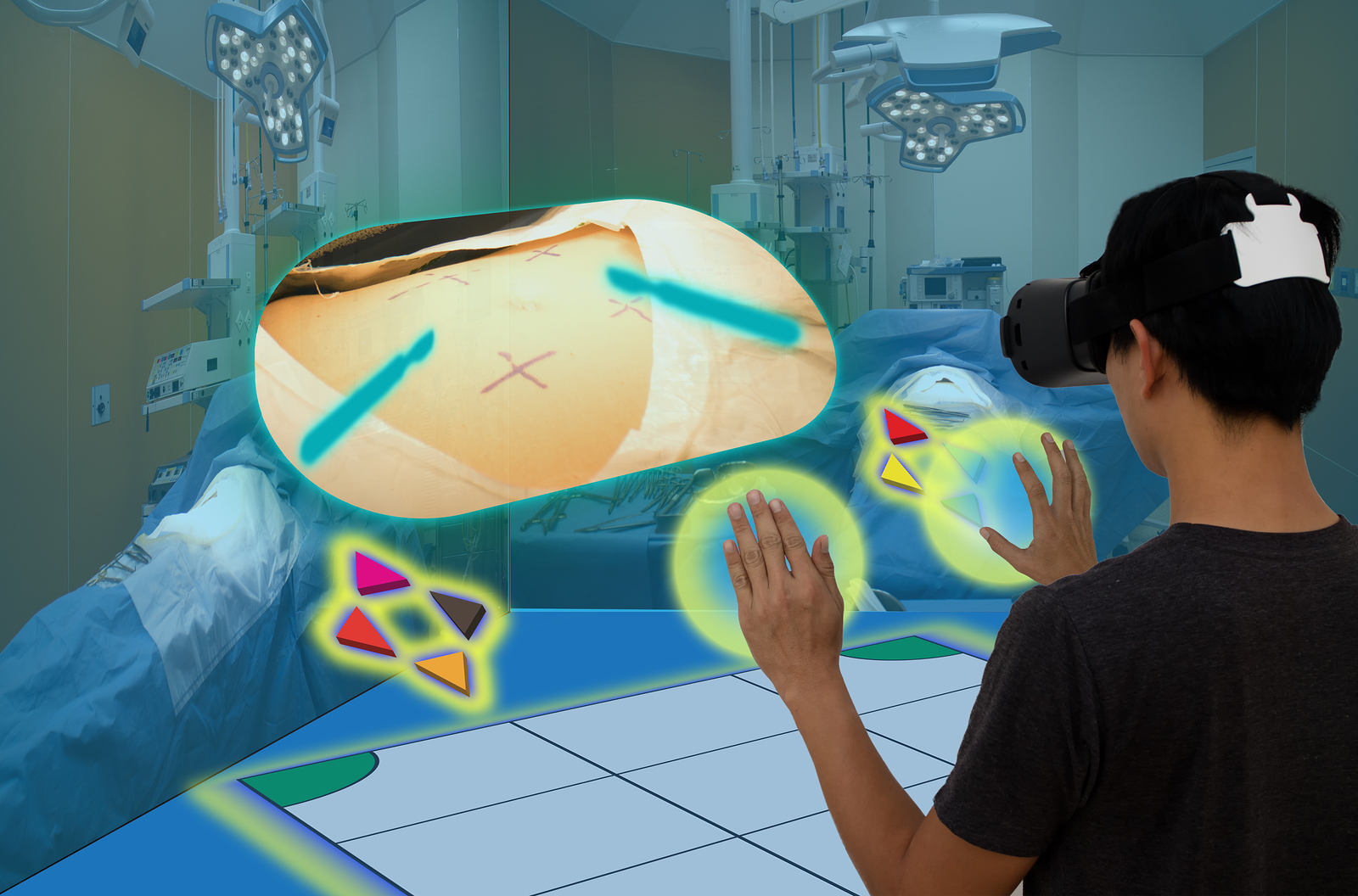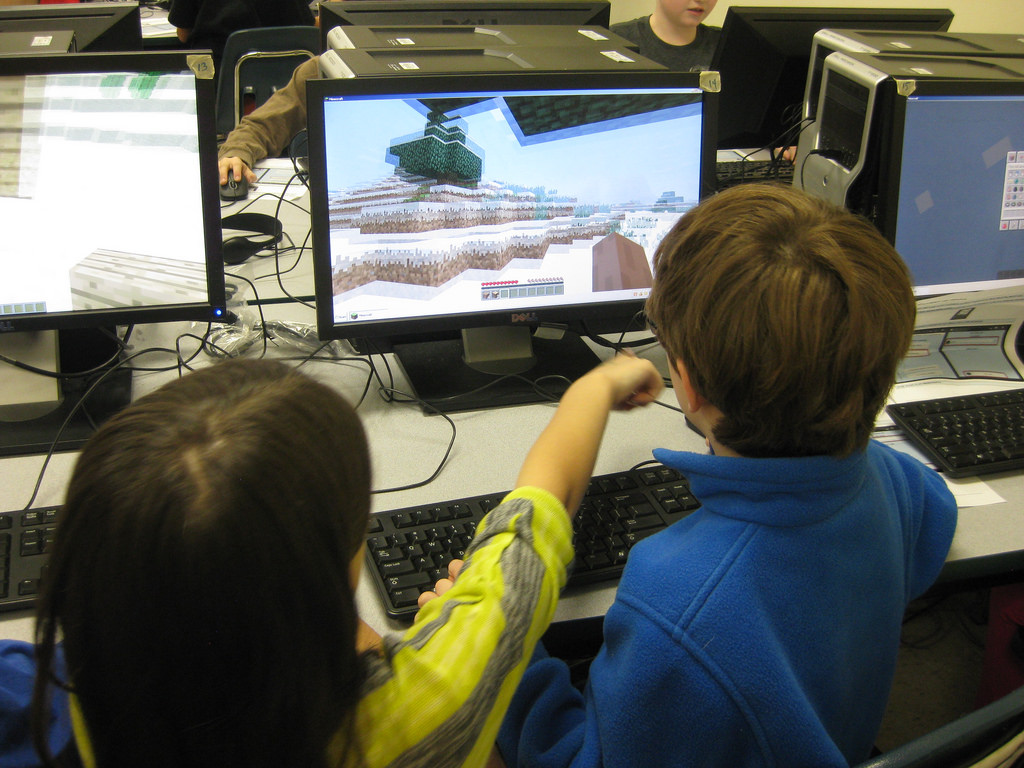Choice, challenge, collaboration, and control.
The big C’s in intrinsic motivation.
Photo: Bigstock
Motivation is an essential part of education, especially intrinsic motivation. With intrinsic motivation, students perform an activity for itself to achieve satisfaction because the goal goes beyond the task itself.
In reality, it’s hard to convince students of the long term benefits of what they are learning when short term needs, like tests, are more present. Moreover, many teachers feel pressured to comply with standards, grades, and curriculum.
Still, Zac Chase, St. Vrain Valley Schools District’s language arts curriculum director; and Diana Laufenberg, Executive Director at Inquiry Schools, agree that there are four research-based strategies teachers can use to ignite intrinsic motivation.
The four big C’s
Choice
According to their research, by allowing students to choose, they build ownership in their learning process because they are more interested in following their own decisions.
Making students choose from a list of different books or the way they present their knowledge can also enforce real differentiation, as well as more competent regarding the task, leading to better grades. Moreover, by giving them a choice, they found that the rates of homework completion went up.
Research proves that choices increase student’s engagement and motivation for all ages. Robert Marzano, researcher, said that “When given a choice by teachers, students perceive classroom activities as more important. Choice in the classroom has also been linked to increases in student effort, task performance, and subsequent learning.”
Even though many teachers fear that by allowing students to make choices, they’ll miss vital information, this approach makes them take responsibility for their behavior, teaches them how to make decisions and not only follow directions.
Challenge
Finding what makes a task challenging for each student may be difficult, but it is a great way to engage students. Laufenberg said: “We always try to take out the challenge, but when we do that we’re removing a major factor of what makes something interesting.”
Learning something new is hard in itself, but teachers need to assume kids are more competent than they are. By challenging them a little bit more, students learn to entertain the idea that they can handle more than they thought.
A simple way to start challenging them is by asking more open questions and make other students comment on the answer or using specific vocabulary or by incrementing the length of an essay. Also, it is said that giving feedback on their progress enhances a student’s intrinsic motivation.
Collaboration
Most kids are social and gain a lot about the world and their classes from talking to other students, which motivates them to learn more. By listening and sharing, learners start to construct common knowledge; these are the cornerstones of collaborative learning.
To make collaboration a success, students need to pay attention to working together; if two students are building separate lego towers, for example, they are engaged in parallel tasks. By working together, they learn by discussion, clarification of ideas, and feedback, which promotes long-term memory.
Teachers must make sure that each assignment encourages each student to explain ideas thoroughly to each other because by providing and receiving different answers, they gain more from the collaboration.
Control
Making students take control over their learning has many benefits: they not only become more engaged, but they are also more receptive to instruction, honest about their performance, better at estimating their abilities, likely to accept making mistakes, and more resilient after failure.
One way to empower students and take control over their learning is by teaching them to ask questions because it makes them explore something new and make them curious. Another way to do it is by letting them do their research and give a class. It may be risky, but it changes their mindset enough to engage more with their knowledge and peers.
By having the four big C’s: choice, challenge, collaboration, and control weaved together in the classroom, students can have real ownership of their education, making them intrinsic motivation. They need to start investing in a long-term independent learning experience rather than just following teacher instructions.
This article from Observatory of the Institute for the Future of Education may be shared under the terms of the license CC BY-NC-SA 4.0 
)
)











)
Perla Téllez Garza
Perla Téllez Garza
Perla Téllez Garza